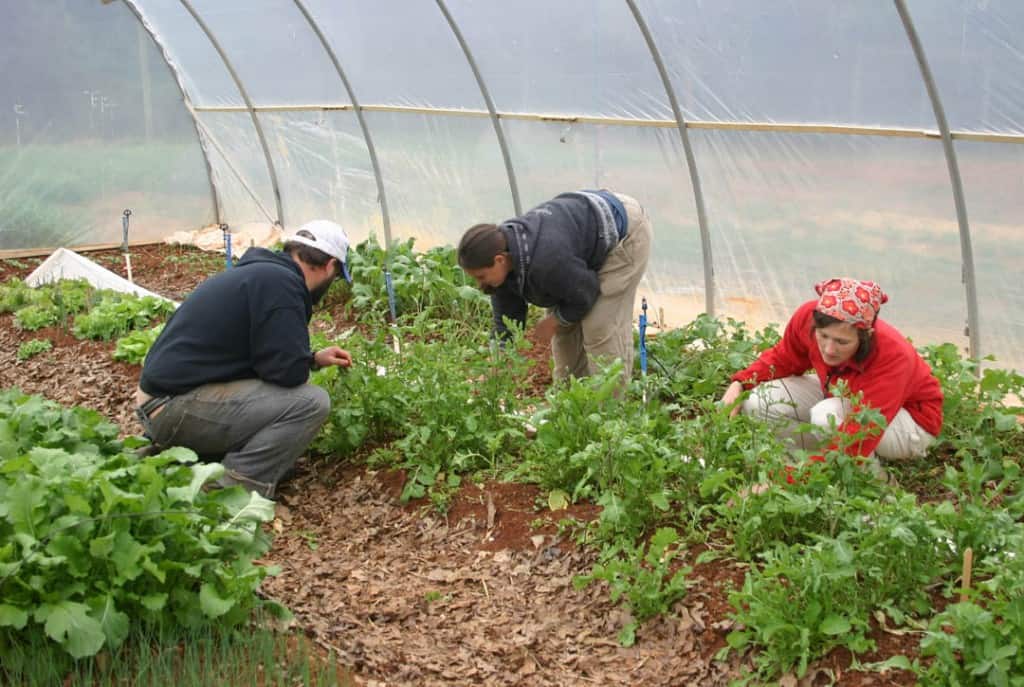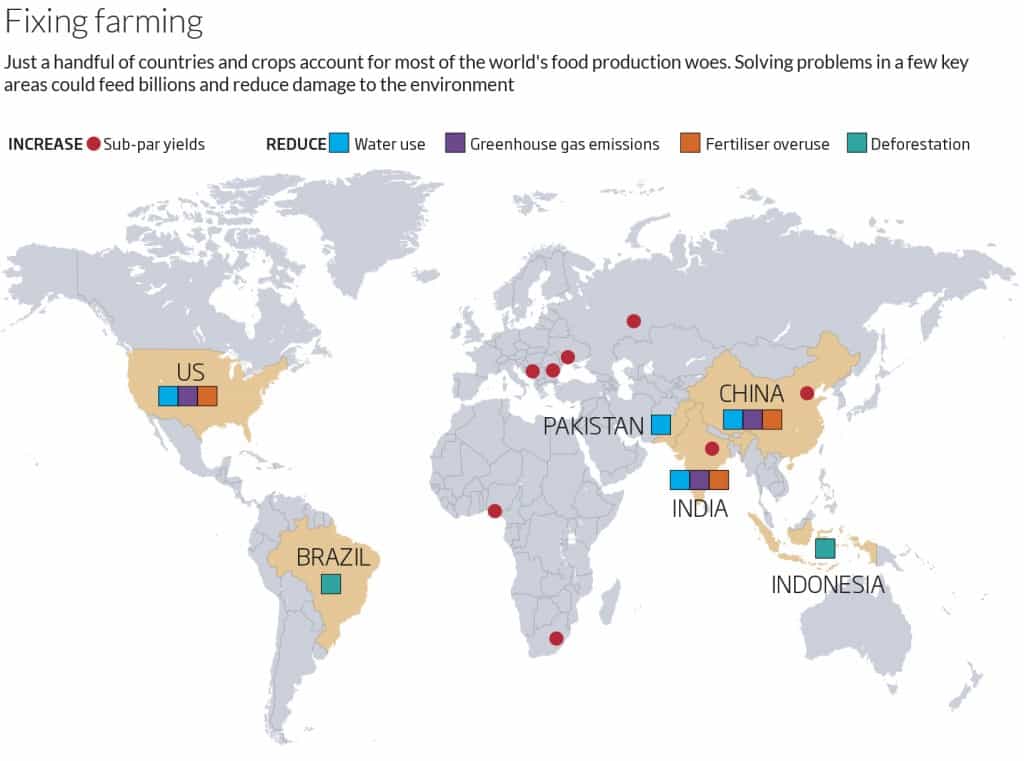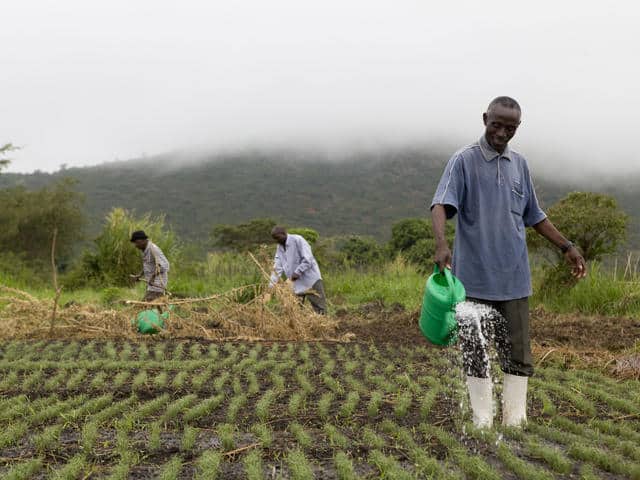With the population of the world expected to hit 9.7 billion by 2050, it’s no secret that reliable, sustainable, and nutritious food sources need to be developed today to provide for the future tomorrow. But the outlook of providing enough food for future generations is skeptical at best, and scientists, researchers, and farmers are concerned that not enough is being done in the present to prevent food-related catastrophe.
However, some individuals do hold positive outlook that if given the right tools for change and support, another 3 billion people could be fed from sustainable farming methods.

Paul West, from the University of Minnesota in St. Paul, along with colleagues believe that if ‘given the right levers’, feeding the whole world will be possible. The team believes that the majority of food production problems stem from just a handful of countries, and if such areas could be concentrated on, three billion more people could potentially be fed, along with reduced environmental damage.
Said the scientist, “The way we are growing agriculture right now is totally not sustainable.”
West and his colleagues have been looking for “leverage points”, or areas with the most potential to change how we grow food. The team focused on the 17 crops that represent 86 percent of the world’s crop calories and consume the most water and fertilizer. From their findings, they developed a three-pronged approach to remedy the global food shortage situation.
Stated Greg Asner of the Carnegie Institute for Science in Stanford, California, “They’re taking a high-altitude view of all the possible points that need to be made if we’re going to feed a planet full of people. It’s incredibly valuable to have all that in one place.”
The study led by West suggests three fundamental areas where food production can be boosted and grown sustainably, leading to increased yields from unproductive farms, decreased amount of waste produced, and change in the way people eat.
In the map below, highlighted areas depict where the most money could be saved.

The first objective is to get more food from existing farms. West identified regions where yield is way too low, mainly in Africa, Asia, and Europe. He then estimated that boosting yields in those areas to just 50 percent of the optimum could feed 850 million more people.
The second focus is to begin growing crops in an environmentally-friendly way. This would mean cutting greenhouse emissions from various sources that include: deforestation, livestock, rice paddies, and toxic fertilizers. The goal would also be to waste less water on unnecessary irrigation, thereby stopping toxic fertilizers which contribute to water pollution. Countries that currently are the most destructive due to ways they farm are China, India, the U.S., Brazil, Indonesia, and Pakistan.
Finally, the third objective is to waste less food. Because nearly 30 to 50 percent of food produced is thrown away, this area demands attention and remedy. In theory, eliminating food waste from just the U.S., India, and China could feed 413 million people per year.

Another issue concerning food waste is the growing consumption of meat. It is estimated only 51% of crop production is used to feed people, and that figure is dropping. Because most food produced is used to feed animals, this wastes a proportion of calories in crops and cuts down the net amount of food available to people. For example, to produce 1 kg of of beef, 24 times the amount of calories are needed compared to the production of 1 kg of wheat.
“Not all food waste is created equal,” stated West.
In order to create a future where food scarcity is an issue of the past, every individual must become conscious of their choices and and realize their ability to act on change. Wasting less, consuming less meat, and supporting sustainable, bio-dynamic farming methods are all ways one can get involved in global change today so that a brighter future persists tomorrow.
Sources:


